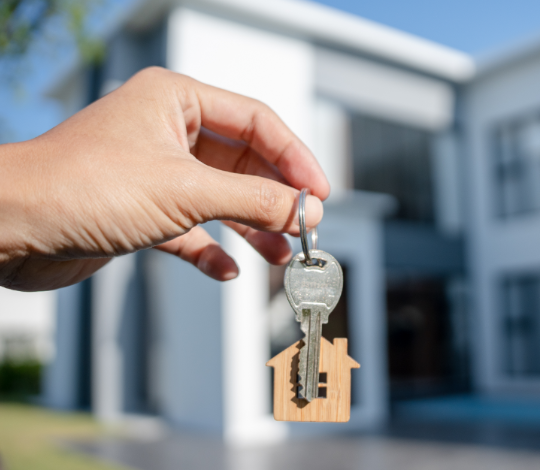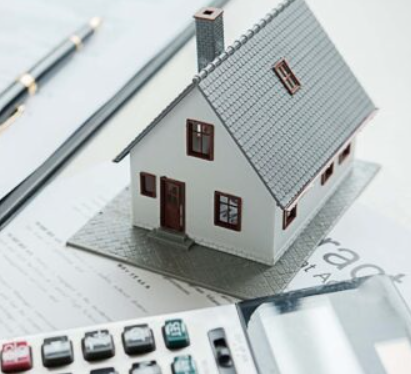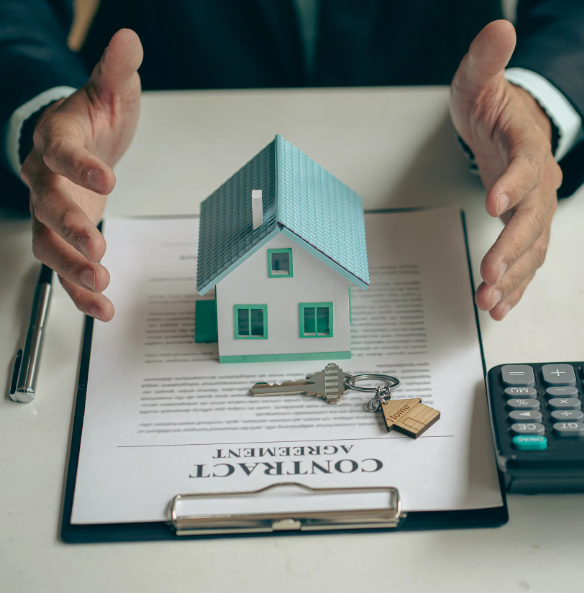The Key to Buying a Profitable Property

When it comes to real estate investing, making a smart purchase requires both patience and careful strategy. It’s easy to feel pressured to act quickly, but successful investors know that taking the time to make informed decisions pays off in the long run.
Unfortunately, many buyers rush into deals, driven by impatience or emotions, without doing the necessary research. In fact, most properties are sold to those who are either uninformed or overwhelmed by the demands of the market. To truly succeed, you must analyze each potential investment carefully to understand its real value and potential for return on investment (ROI).
Step 1: Understand the Return on Investment (ROI)
The “cash on cash return” is a crucial metric every investor should learn. It measures how quickly your initial investment can generate returns. Your aim is to recover your initial capital within two years, or ideally sooner. For instance, if you invest $30,000 in a property and see it grow by $30,000 in a year, that’s a 100% cash-on-cash return. In simple terms, it’s like putting $30,000 into the bank and having it double in a year.
This principle is exactly how property investment works, and it’s a powerful tool for growing your wealth quickly. Cash on cash return ensures that you not only grow your assets but also maintain enough liquidity to continue reinvesting.
Step 2: Get Familiar with Property Financing
Before diving into any property deal, it’s crucial to understand the financing requirements in the area. Different markets come with different lending conditions, and mortgage providers assess the risk of each area. They adjust their lending criteria based on this risk, and this can affect the amount of deposit you’ll need. If a market is underperforming or unstable, banks may require you to contribute a larger deposit to offset the risk.
It’s important to evaluate your financing options before committing to a property. Keep in mind that an appealing property might require a much larger deposit than anticipated, so make sure to factor in all lending conditions before moving forward.
Step 3: Research Market Value
To get a true sense of the value of properties in a particular area, it’s helpful to sort properties by price. This will allow you to see where the property you’re considering stands in comparison to others. Knowing the price range will guide you on whether the property is priced too high or a great deal.
If a property is listed significantly lower than others in the area, you don’t need to haggle for a discount — it’s likely already a good buy. The key to success is research; the right property, purchased at the right price, can yield excellent returns from the start.
Step 4: Analyze the Returns
Numbers don’t lie. Even the most attractive property can turn out to be a poor investment if the rental returns don’t meet expectations. Be sure to calculate rental yields, operating expenses, and any other costs associated with the property.
Typically, you should aim for the rental income to cover no more than 30% of the property’s costs, and the rental yield should be at least 4%. If the property’s returns don’t meet these basic criteria, it could lead to cash flow issues down the line.
Also, remember that a property with negative cash flow could eventually become unsustainable, requiring you to rely on your own income to cover its costs. This can quickly limit your ability to buy more properties and grow your portfolio.
Start with a Solid Plan
Before purchasing any property, it’s essential to have a clear plan. Know exactly what you’re looking for, where to invest, and how much you’re willing to spend. Your plan should also outline the steps you’ll take to expand your portfolio, and the professionals you’ll need to help you along the way. A solid strategy is the backbone of any successful real estate investment journey.
By following these steps, you’ll be well on your way to making smart, profitable investments in the property market.




